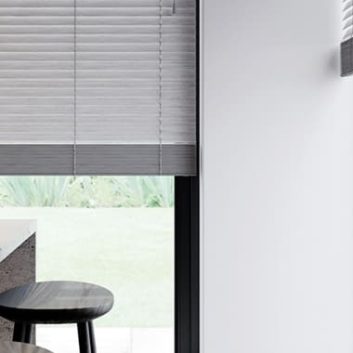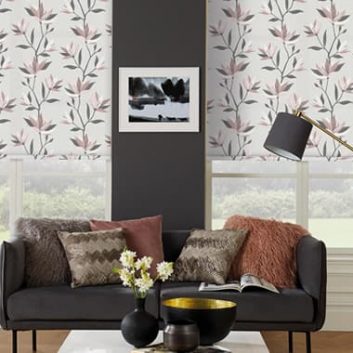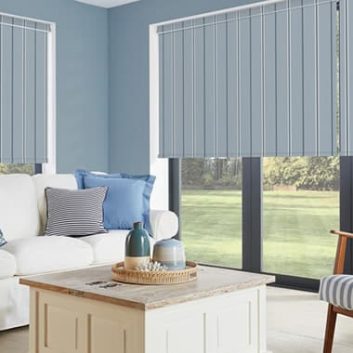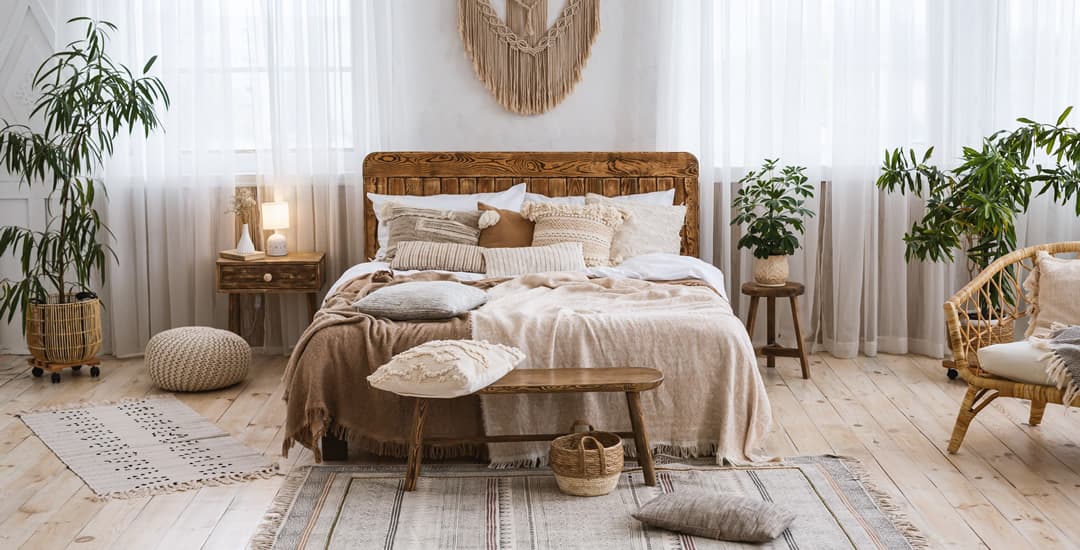
If you want to revamp your home in its entirety or just update a single room or area, the chances are that half an hour on Google looking for style inspiration will leave you more confused than you were at the outset.
Whether you’re trying to get a handle on what the Ladies who Lunch (although presumably not at McDonalds) are going to be asking their decorators for in 2021 or just want to make sure that your trendy friends aren’t going to judge your design choices, it is really important that what you choose in the end is about you… Rather than about what is new, cool, or being peddled by the homewares shop with the best-funded marketing department.
In this blog post, I’m going to talk about how to find style inspiration without losing your own aesthetic identity or sense of what you like and don’t like design-wise; and why you should care about doing this in the first place.
The most qualified interior design expert for your own home is you
Google something like “design trends 2021” or “how should I decorate my home?” And you will get literally thousands of results. This can be really handy if you’re looking for ideas or inspiration, know what you like but not how to execute it, or are open to ideas.
However, if you weren’t really sure what you were looking for in the first place when you took a break from completing the third quarter accounts and yet somehow you’ve now got £500 worth of Ikea goods winging its way to you and no real recollection of what you ordered, the chances are you fell for some form of marketing spiel or were swayed by an “expert.”
When it comes to interior decorating, this effect can be fairly pervasive. As well as actual experts talking about design trends under their own by-line, in virtually anything interiors-related you will ever read (from a product description to a DIY tutorial) the opinions posited within it will be presented as unequivocal facts, rather than personal opinions.
Example: “this is what fashionable hostesses will be serving Sangria in this summer.” When you read something like this, feel free to tack on “in the unknown writer’s opinion,” because that’s all it is; and it is really easy to lose sight of that fact.
Look around, and you will see that more or less everything relating to interiors trends tends to be framed in such a way that leaves the reader with the impression that the writer’s viewpoint is not just a hard fact; but so self-evident that even questioning it means that you are simply not cool enough to understand, duuude.
I should know; I’ve written content of this type myself.
If you aren’t an expert in a subject yourself and feel pretty out of your depth when you even start to paddle around the edges of it, it can be very tempting to bandwagon-jump or find yourself naturally gravitating towards the first viewpoint, opinion, or so-called expert who speaks with authority.
However, proceed with caution; when it comes to interiors, all you need to be a self-declared expert is an opinion and the confidence to post in on the internet. This is nice from my point of view, as it helps to keep me in wine and cake, but also, if you could see the absolute state of me right now you’d be running screaming for the Argos catalogue to take your chances with no regrets whatsoever.
This is all a fairly long-winded way of saying that what’s cool, desirable, or up-and-coming versus what’s on the outs when it comes to design is nothing more than a matter of opinion, and when it comes to opinions, well, everyone has one. Why should yours be any less relevant than a gob-on-a-stick off the tellybox when it comes to how your style your own home!?
You should decorate your home or room however you damn well please, and if that happens to make somebody else’s eyes bleed in the process, well then he can just jolly well divorce you and go and decorate a flat of his own when he’s done, can’t he.
I’m single by the way, can you tell?
So, to summarise where we are so far, while you should absolutely not take relationship advice from me under any circumstances, something you should pay attention to me on is this: when it comes to what you want from your own home’s interior design, there is no right or wrong.
When you Google for design ideas, what do you actually want to find?
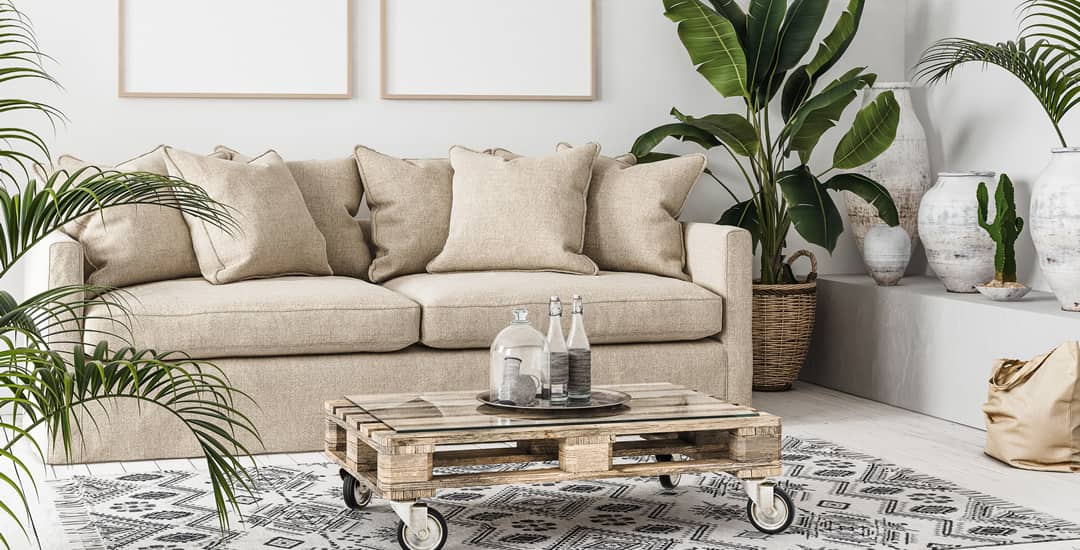
Saying “you do you” doesn’t mean that I think aesthetics don’t matter; the point is, they matter as far as they matter to you, but no further. It also doesn’t mean that if how other people view your home and what they think of it is important to you, this somehow makes you shallow or a bit lame or that you should ignore this. Once more, there is no right or wrong as long as it’s about what you want.
So, when you Google or otherwise search for design ideas, to get value for money from what you ultimately find you have to know what you’re looking for.
Are you looking for ideas with a totally open mind? Do you have an idea of the sort of style or effect you want and need some inspiration on the individual elements of it? Do you want to find out what’s making the pages of the glossies in terms of colours, patterns, materials, and styles, and get takeaways from your own home for this?
Knowing what you want to find in this respect will not only help you to find it, but help you to sort through it and cut out the white noise too.
It can help you to ensure, for instance, that you don’t end up losing sight of your goals and talking yourself out of something you legitimately like just because some lady that some magazine gave airtime to tells you that your pals from the bridge club will think it a little unchic, darling.
Do you know what you like?
“Do you know what you like?” Might seem like an odd question, but if interiors, art, design, crafting, or something else within the wider field of aesthetics and creativity aren’t really your thing (or even if they are), you might not have fixed ideas or preferences; or you might have images or concepts in mind but not a clue how to describe them, what they’re called, or how they work.
All of this is fine; but if this is you, you need to make your first punt into finding design ideas and inspiration about honing your tastes and determining broadly what you do and don’t like, and then you can go from there.
Doing this will help you to identify things that generate a positive reaction from you, across all facets from things like colours to shapes and styles to fabric choices to your design ethos.
For instance, are you minimalistic, or an “ornaments on every spare surface” type of person? Something this simple and fundamental about you that you might not even realise can speak volumes, and provide you with invaluable direction in terms of what sort of styles, eras, and even types of furniture and window dressings you prefer.
Wars have been fought and divorces instigated on the basis of a sofa person having to live with a chair person or the age-old curtains versus blinds argument, just as surely as lives have been lost over putting the toilet seat down or replacing the lid on the toothpaste.
The little things, or perhaps the things that are so fundamental and personal to us that we rarely give them voice, are important, is what I’m saying here. This is why you need to learn what you like and what you don’t like when it comes to décor if you want to give yourself a fighting chance of actually achieving it.
Make sure you like what you like
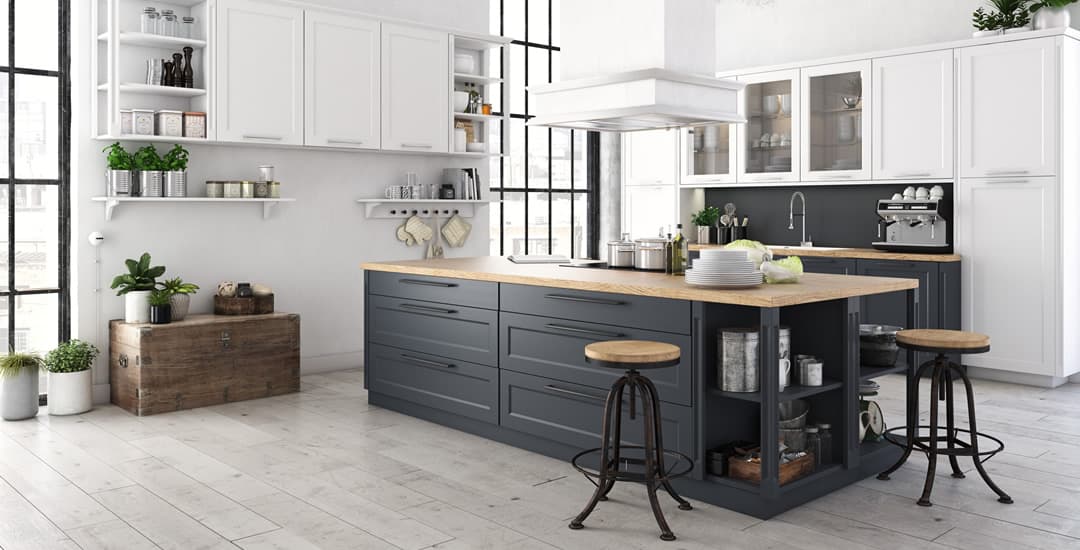
In closing: Make sure you like what you like, not what you think you should like, or what other people tell you to like. This latter happens more than you’d think, and we often simply accept it.
I like Roxette. I’m not going to lie about this fact, but neither am I proud of it. I’ve made my peace with that, and if somebody who pulls up next to me at the traffic lights can hear my music and gives me an arch look, well I won’t tell you what I give them in return, but it does involve removing one hand from the steering wheel.
This is, as far as I am concerned, how it should be. Also, for every time this happens, I’ll have about four or five other interactions in which the person pulled up next to me gives me a broad smile and/or thumbs up, for they too secretly have terrible taste in soft rock and aren’t afraid to admit it.
If your taste in interiors is the design equivalent of Roxette and there’s a level of discomfort or self-loathing involved in how you feel about your own tastes, you need to make your peace with that before you do anything else, whether than be redecorating to a new style or committing further to the style you already have.
It would be hard to overemphasise how bad feeling that your home doesn’t really fit you can be; and if that’s you, then you already know exactly what I mean because you’ll feel like a round peg in a square hole in your own living room.
If you’re unable to acknowledge this and get to grips with it, whether you eventually go with what you like or swim against the tide and restyle in denial of it all, you’re going to end up feeling like you’re basically punching yourself in the face.
If you don’t like your own tastes, think they’re out of date, uncool, a bit bland, a bit gauche, whatever, you need to get to the bottom of why this is and either address it, or get comfortable with being uncomfortable.
YOU (and others that live with you) need to like your home and style; everyone else is welcome to their own opinion, just as long as they keep it to themselves.
And if they can’t manage to do this, well either smile sweetly and tell the Alexa to play “Joyride,” or give them the uncomfortable seat and cheap wine each time they visit until they get the picture and pipe down.
In closing: THE MOST QUALIFIED INTERIOR DESIGN EXPERT FOR YOUR OWN HOME IS YOU, AND IF YOUR IDEA OF FINE ART IS THE PASTA PICTURE YOU MADE AT THE AGE OF 38, THEN YOU JOLLY WELL FRAME THAT MASTERPIECE AND GET SOME SPOTLIGHTS POINTING AT IT TOO.

